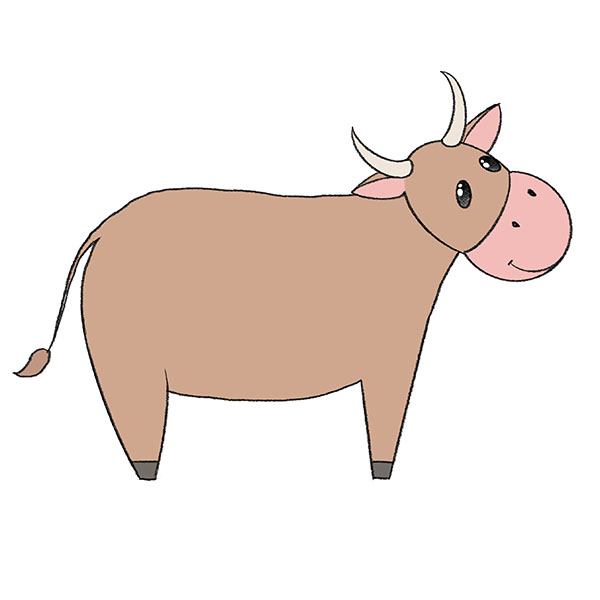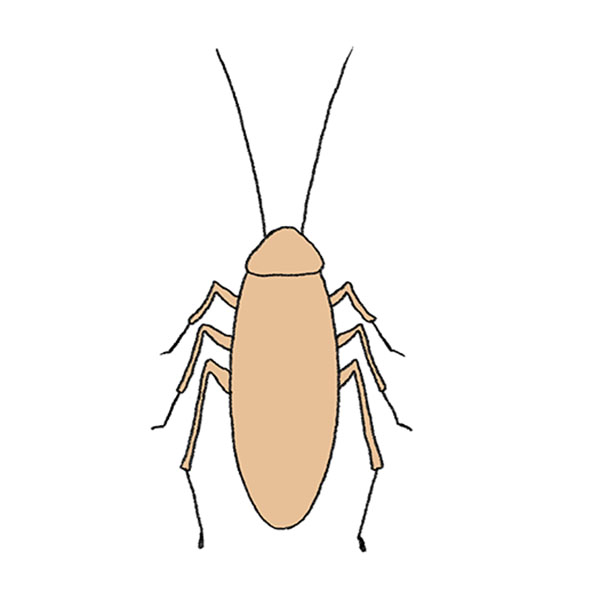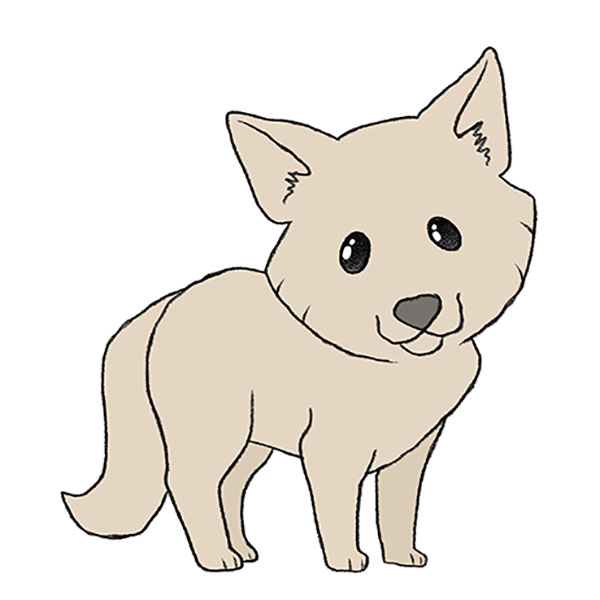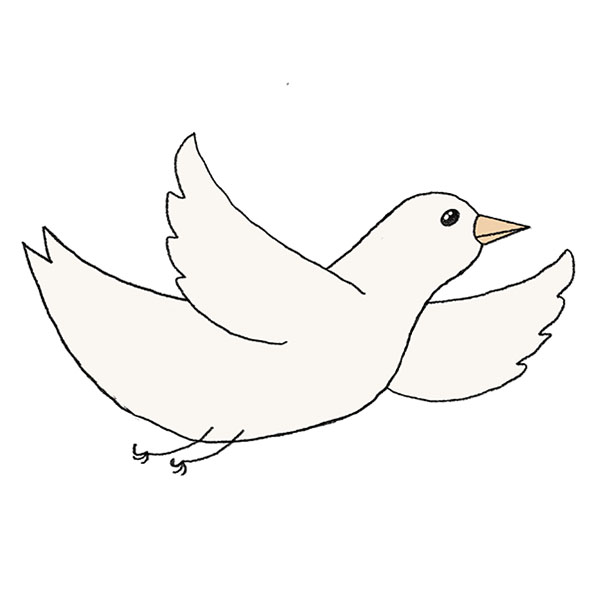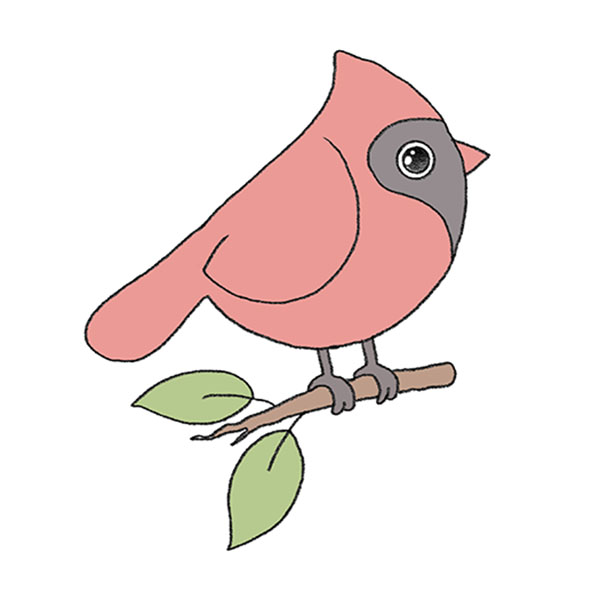How to Draw an Elephant Face
I’m excited to present my detailed guide on how to draw an elephant face. In this guide, I carefully break down the drawing process into three distinctive methods, ensuring you grasp each step. With my assistance, you’ll gain the confidence to create a charming elephant face, enhancing your drawing skills.
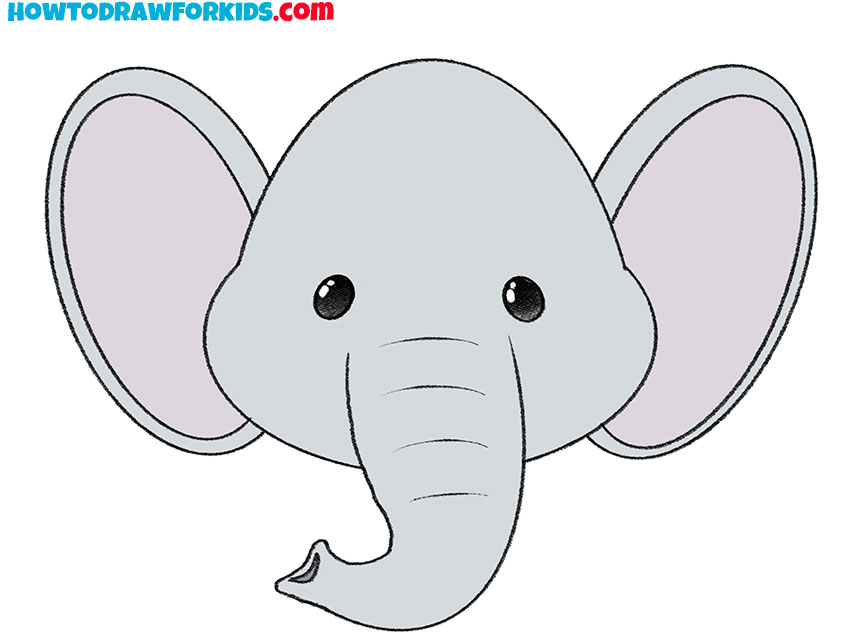

How to Draw a Elephant Face: Basic Information
When I first picked up a pencil, I asked myself how to draw an elephant face that’s both simple and expressive. This lesson is the answer to that question – a journey to capture the essence of one of nature’s gentle giants. The method I’ve crafted focuses on soft curves and easy lines, ensuring that anyone can follow along with ease.
In this drawing, the elephant‘s face is distilled into its most delightful form. I focus on the playful aspects of the face – the twinkle in the eyes and the whimsical tilt of the trunk. It’s these little details that make your drawing truly come alive and sparkle with personality.
By the end of this lesson, you’ll not only learn to draw a elephant face but also embrace the joy of creating from your heart. It’s not just about the lines you draw; it’s about the connection you make with each stroke. So grab your pencils, and let’s breathe life into your artwork together.
Elephant Face Drawing Tutorial
Materials
- Pencil
- Paper
- Eraser
- Coloring supplies
Time needed: 25 minutes
How to Draw an Elephant Face
- Draw the outline of the head.
Depict a rounded shape that has a narrow top and a wide side.
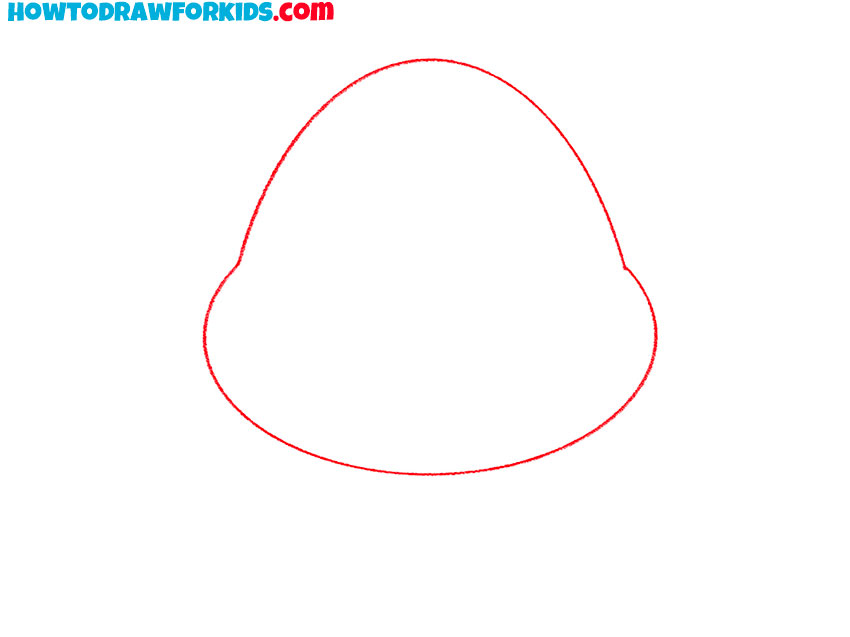
- Sketch out the eyes.
Draw two small identical ovals.
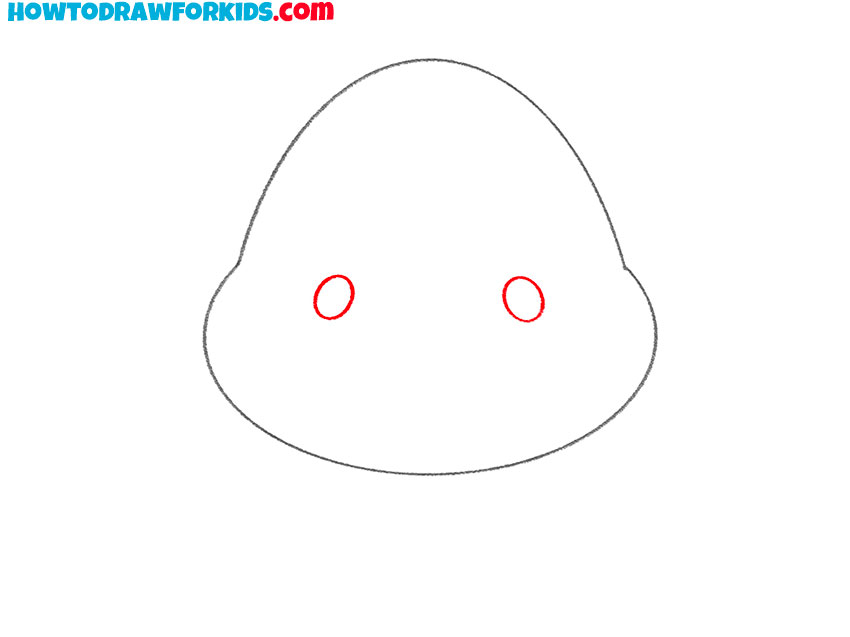
- Depict one part of the trunk.
Be careful in this step and try to depict the curve of the trunk correctly.

- Draw the other part of the trunk.
On the right side, draw a long, rounded line from the end of the trunk to the eye.

- Add details.
Draw the small hole at the end of the trunk and add folds to the surface of the trunk.
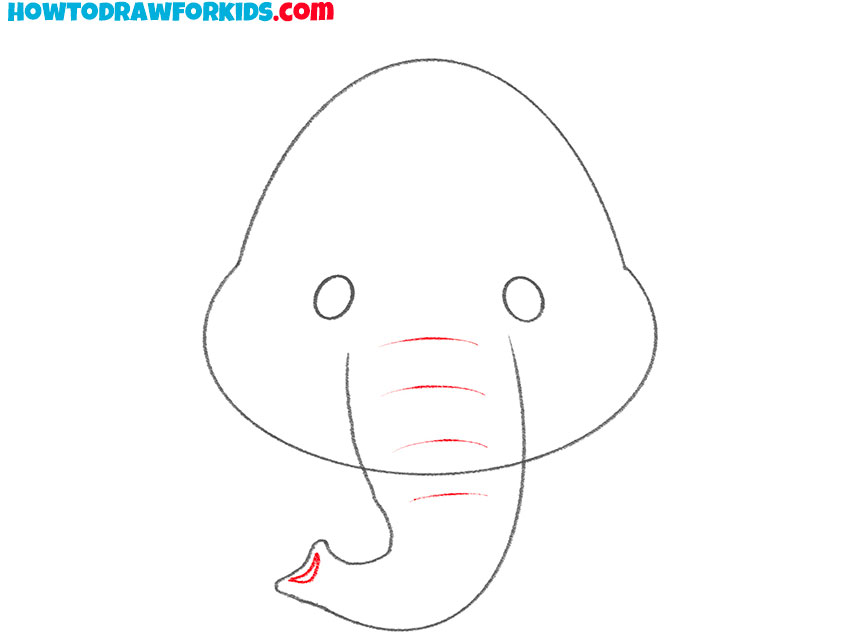
- Sketch out the ears.
On each side depict the big ear.

- Depict the inner outline of the ear.
Draw smooth lines along the outer edge of each ear.
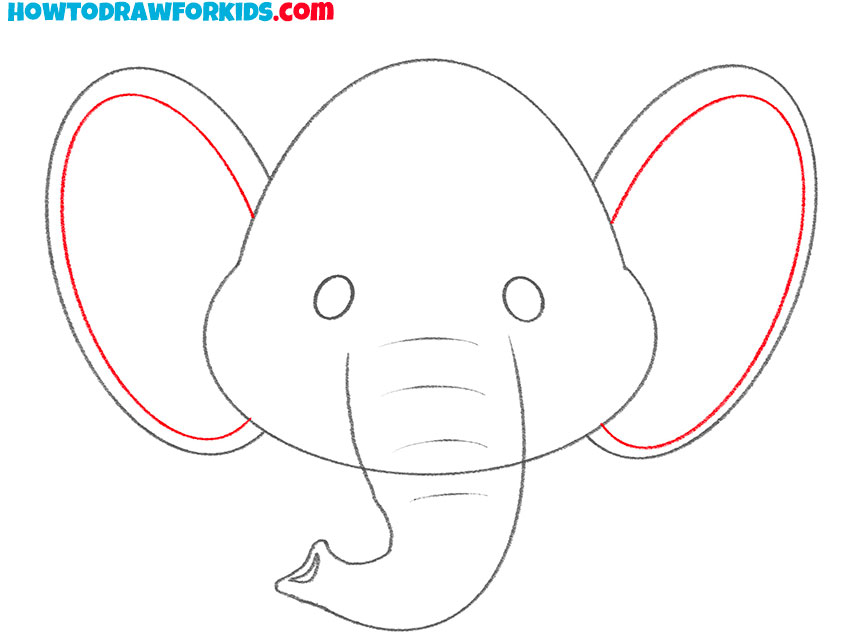
- Correct inaccuracies.
Remove extra lines in your drawing.
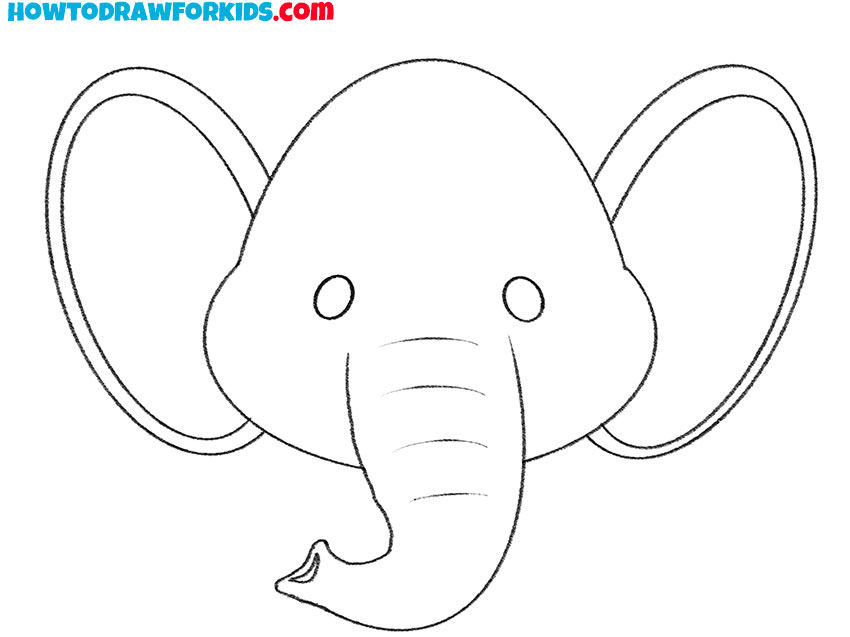
- Color the drawing elephant face.
You will need a light gray. Color the eyes black and add highlights.

Additional Content
In addition to the guide, I’ve also created a free PDF file for this elephant face drawing tutorial. This downloadable guide serves as a succinct version of the full lesson, perfect for those who prefer an offline study mode.
It’s particularly useful for moments when you’re away from the internet, enabling you to continue practicing and refining your skills. The PDF is easily accessible, portable, and designed to be user-friendly. It’s a perfect tool to have by your side, whether you’re at home, in a studio, or on the move.
Alternative Drawing Techniques
Beyond the main lesson, I’ve also developed several alternative techniques for drawing an elephant face, providing you with a rich array of practices to enhance your artistic skills.
These variations are designed to challenge and expand your understanding of form and shading, allowing you to explore different styles and strokes. By engaging with these diverse methods, you’re not just replicating a single image but growing as an artist, gaining the ability to infuse your drawings with your unique touch.
Elephant Face Drawing: Extra Workout
In this method, I encourage you to practice drawing an elephant’s face while slightly altering the shape of the ears. This subtle change can give your elephant character a whole new expression and personality. Pay attention to how the curvature and angle of the ears affect the overall look.
Are they alert, relaxed, or perhaps playful? Each adjustment you make offers a new opportunity to understand the impact of each feature in your artwork. This exercise is designed not only to improve your skill in drawing elephant faces but also to enhance your ability to inject emotion and life into your drawings.
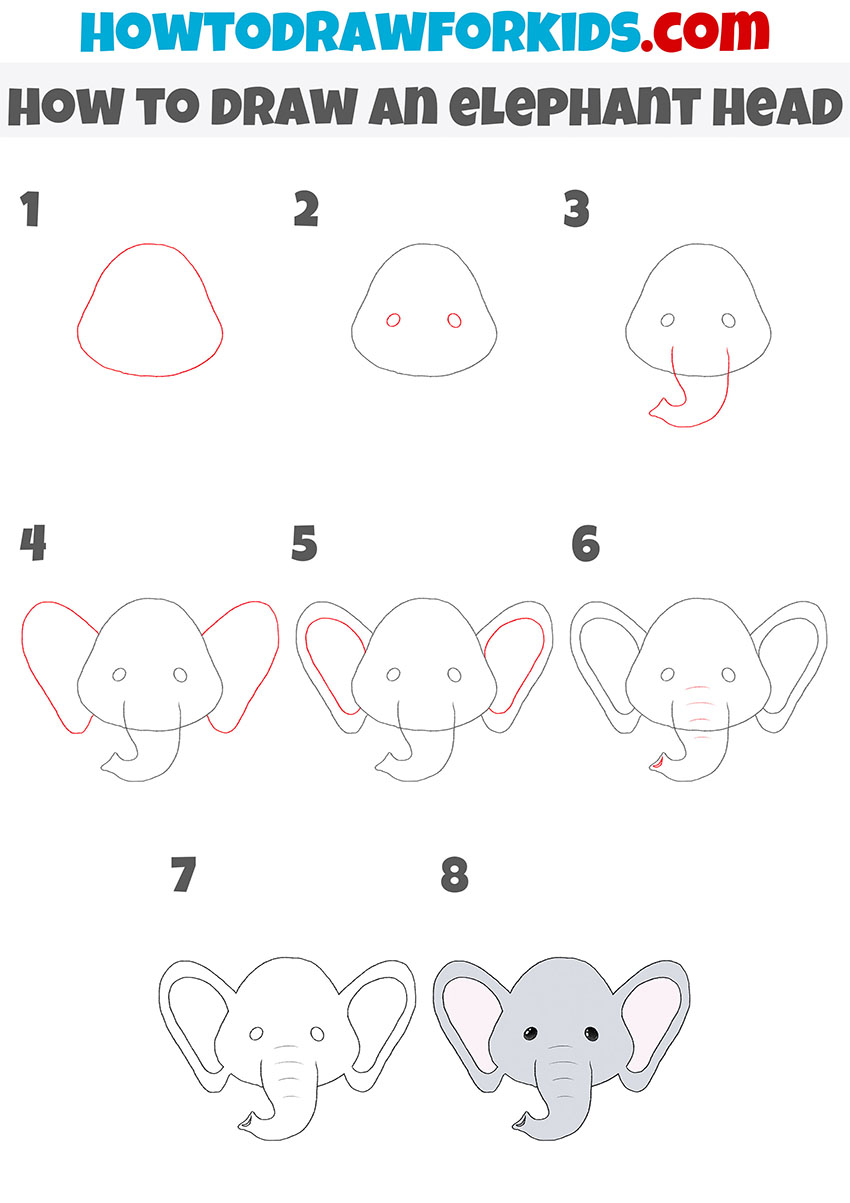
Elephant Face Artwork for Kindergarten
This super simple alternative technique was created by me with the littlest artists in mind, perfect for kindergarteners and absolute beginners. I understand that starting with a blank page can be daunting for young children, which is why I designed this method to be as easy as pie.
With just four straightforward steps and a few basic shapes, it’s designed to make drawing feel like play rather than work. It’s a gentle introduction to the world of art, encouraging the youngest of learners to pick up a pencil and start exploring their creative potential without any pressure.
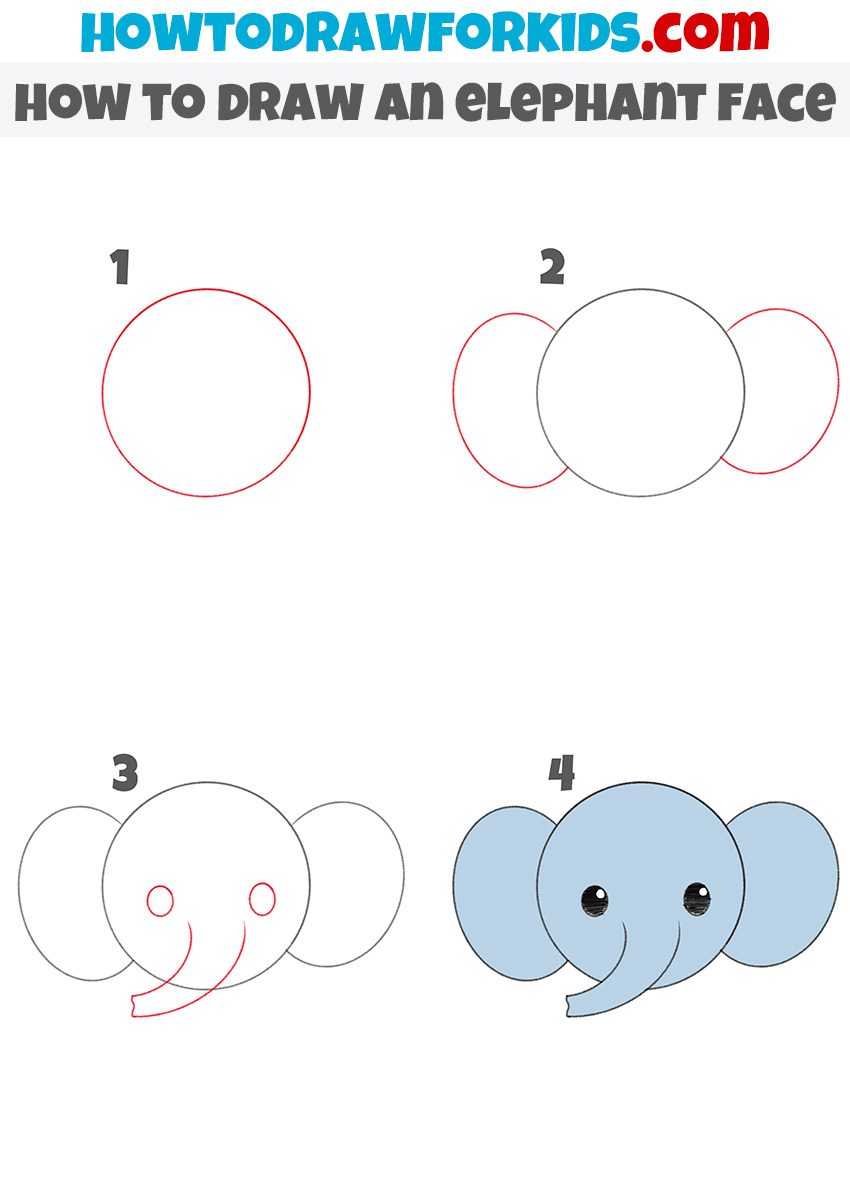
Conclusion
What a journey we’ve had sketching our elephant friends! But wait, there’s more! My website is a playground of drawing lessons on a zillion topics – think of the coolest baseball or the most chill cactus, and I bet there’s a lesson for it.
Stay in the loop by following my social media pages; that’s where the magic happens, and where you’ll catch all the new exciting tutorials. If you have a dream drawing you want to share, drop a comment under the lesson. Your wish could be the inspiration for a new tutorial that everyone can enjoy!

